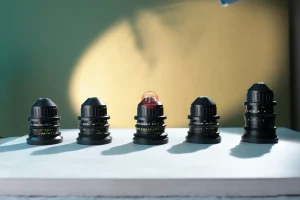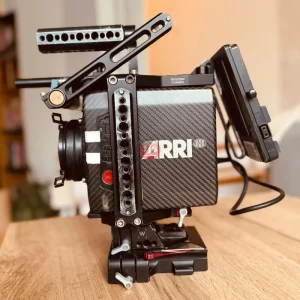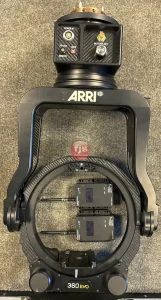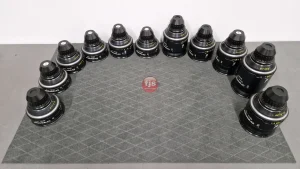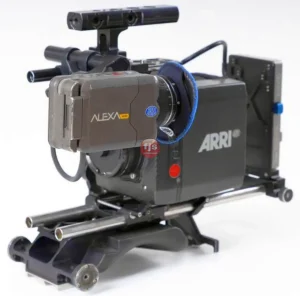Ever wondered why some movies have black bars at the top and bottom when viewed on a widescreen TV? Those films were likely shot in anamorphic format, which captures a wider image than standard TVs can display. Software de-squeezing attempts to recover this wider image by stretching the video to fill your entire screen. But does it truly replicate the original anamorphic experience?
Key Features and Benefits of Software De-Squeezing
- Increased Picture Size: By eliminating the black bars, de-squeezing methods fill your entire screen with the intended image, offering a more immersive viewing experience.
- Enhanced Viewing Experience: Filling the screen with the full image can feel more natural and engaging, particularly for viewers accustomed to widescreen formats.
- Convenience: De-squeezing is often a readily available feature on TVs and media players, making it an easy way to utilize your full screen real estate.
- Potential Detail Reveal: In some cases, de-squeezing can uncover details that were previously hidden by the black bars.
Understanding the Limitations
While convenient, it’s important to understand that software de-squeezing doesn’t deliver true anamorphic quality. Here’s why:
- Loss of Information: The squeezing process used during filming discards some image data. Stretching the video cannot recreate information that was never captured.
- Aspect Ratio Distortion: Stretching the image can distort the original aspect ratio, making objects appear elongated or squished. This can be particularly noticeable on curved objects like faces or circles.
- Resolution Impact: The stretching process can result in interpolation, where new pixels are created to fill in the gaps. This can lead to a loss of sharpness and detail compared to the original anamorphic image.
So, Is De-Squeezing Worthwhile?
Software de-squeezing has its place, but it’s not a magic bullet for achieving true anamorphic quality. Here’s a breakdown of when it might be useful:
- Previewing: De-squeezing can be a helpful tool for editors who want a general idea of how the final anamorphic image will appear.
- Compatibility: If you need to display anamorphic content on a device that doesn’t understand the format, de-squeezing can help prepare the video for playback.
Questions and Answers
- Is de-squeezing the same as zooming?
No, zooming crops the image, whereas de-squeezing stretches it to fill the frame. Zooming can also lose image detail, while de-squeezing only affects the information that’s already present.
- Will de-squeezing make my old movies look better?
The results will vary depending on the quality of the source material. De-squeezing might reveal some hidden details, but it can also introduce softness and distortion.
- What’s the best way to experience anamorphic content?
The ideal scenario is to watch anamorphic movies on a display that understands the format and can display the full image with the correct aspect ratio.



